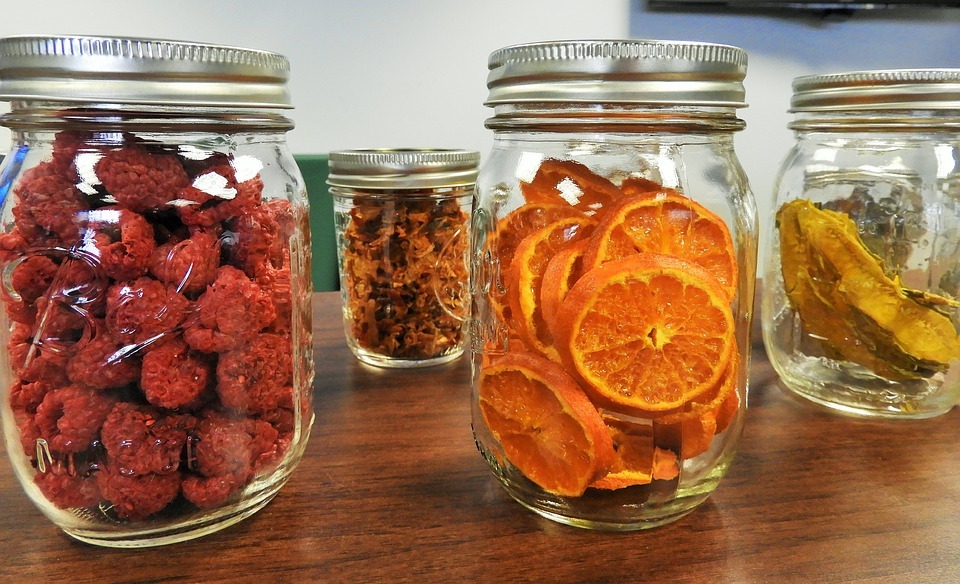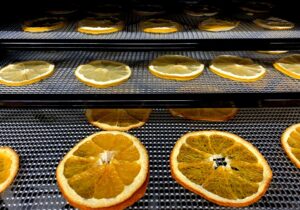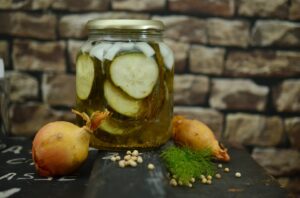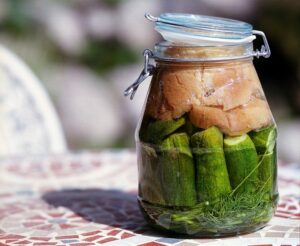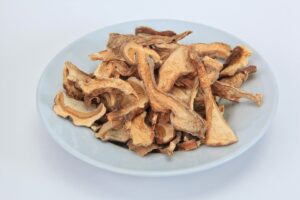These days there’s an uprise in people going off the grid, and that is commendable. Being off the grid allows you to sustain yourself in harsher conditions. For example, if the food supply goes down, then you’ll have enough resources to survive on your own.
Off the grid living requires that you have an adequate reservoir of water, alternative ways to generate electricity, and most importantly, sufficient food. Food is integral for our survival, and while in the modern world, people rely on refrigerators and processed foods, people in the past used to make jams, salt the meat, and performed other preservation processes on food.
Why is preservation important in off the grid Living?
The majority of people who opt for the off the grid living grow their own food. That includes planting vegetables, fruit trees, and even keeping chickens as they provide eggs and meat. You can only keep food items fresh for a short amount of time before they turn bad.
They can turn bad as a result of fungal growth, bacteria infestation, and other factors that cause rancidity in food. By preserving food items, you can guarantee that your food stock will last you more than a season, and if it is packed carefully, it can last you several seasons.
How does preservation protect your food items?
There are different food preservation methods, and they all work in different ways. The primary mechanism behind any preservation method is to minimize the growth of bacteria, fungus, and other microorganisms. It, in turn, makes sure that your preserved food lasts for an extended period.
Preservation methods for off the grid living:
Food preservation has been practiced throughout the history of humankind. Most people nowadays use a refrigerator or freezer to preserve their food but, considering off the grid living, having a freezer running 24/7 is a far-fetched idea.
Off the grid living methods require that you make use of as little electricity as possible. In this way, you can guarantee that your food will last longer without any external dependency.
We’ve gathered some of the best food preservation methods:
Canning:
It involves packaging your food into aluminum, tin cans, and glass jars. It is a relatively easier and effective method. There are several ways in which you may can your food stock and store it for later use.
For canning, you’ll have first to cook your food a little bit, make sure to cook it enough so that it can be reheated and consumed. Some food items can be canned raw; however, it might be harder since it’ll require the use of some form of sugary syrup.
However, as with every other canning method, you’ll have to be careful while canning your food, any leakage, water, or air may lead to the growth of microorganisms, which we want to avoid.
Canning can be done in two ways:
- Hot Water Bath Canning: This is the most beginner-friendly canning procedure, helpful if you are just starting with off the grid living. First of all, fill up your cans or jars with the food items you want to store. Make sure no food item or particle is suspended in the jar; if you suspect any item is suspended, add more syrup in the jar and make sure the food submerges in the syrup.Once everything is inside the jar, lid it properly. For more secure lidding, use a rubber band and make sure it is airtight. Now take all your jars and place them in boiling water for around ten minutes.
Now, lift the cans carefully and allow them to cool down. Once cooled, test the lids by pressing them. If you feel any wiggling behavior, then it isn’t appropriately canned. Otherwise, it is adequately canned.
- Pressure Canning: This canning method requires you to have a pressure cooker at hand. At the start, you’ll have to make sure all the jars are cleaned thoroughly, and there’s no visible irregularity. Once all cleaned, proceed to fill the jars with the stuff you want. Remove any bubbles formed within it.Now, lid the can tightly and place it into the pressure cooker. Allow the pressure cooker to vent steam for about ten minutes. Adjust the pressure till you hear a constant rattling sound coming from the pressure cooker. After 10 minutes, turn the heat off and wait till the safety dial returns to zero. Now proceed to opening the canner, but make sure to cover your face with a cloth.
Allow the cans to cool down; an ideal cooling time would range from 10 to 24 hours. Once they are cooled down, test the lids by applying pressure from your index finger. Make sure to eliminate any cans that show wiggling behavior.
Fermentation:
Fermentation is probably one of the easiest methods to store foods. It often increases their nutritional value as well as increases the healthy bacteria culture, which can be beneficial for gut issues.
However, not everything can be fermented; some may turn inedible upon fermenting. The main principle behind fermentation is to make the food item absorbed in its own liquids (juices) and a little bit of water. It allows for anaerobic respiration, which leads to the production of glucose, lactic acid, and other compounds naturally.
Fermenting Process:
Following are the steps to prepare fermented carrots; however, you can follow the same method for other vegetables and fruit items, but they’ll require a slight variation.
- Take a container and fill it with water. Add salt in the water and make sure it dissolves thoroughly. Once you have your saturated salt solution, you can proceed to make your carrots ready.
- Cut your carrots in 4-inch-long pieces and clean them. You can add any herbs you want at this point. Now place all the carrots in the salt solution you just made. Keep them submerged and make sure no item peeks out.
- Maintain a temperature of around 60 to 70 Fahrenheit for approximately two weeks. You can adjust the level of salt according to your liking.
Dehydrating:
Dehydrating is becoming more common in off the grid living systems ever since dehydrating appliances got cheaper and more environmentally friendly. Dehydrating essentially removes all the water present in your food items; this way, they’re protected from any bacterial or fungal growth since microorganisms can’t survive in a dry environment. Dehydrating is often done to make sure fruits and meat survive one or more seasons with minimal loss.
The following are some ways to dehydrate your food items.
- Outdoors: Dehydrating your goods outdoor is the best way to go if you’re living off the grid since there’s no use of electricity at all. However, this method isn’t applicable if there’s no sun available at your side most of the season.
Clean your food thoroughly and place it on the sheet where there’s direct sunlight. Cover it with a piece of cloth or net to ward off insects. Once it is dry and has a cracking sound, it is ready. If it is still moist, then go for another round under the sun.
- Cars: You’ll be surprised to know that your vehicle can trap the sun rays exceptionally well. Place the food to be dehydrated in your car and tint the car windows with black. This method works perfectly and, in some cases, faster than outdoor methods.
- Dehydrator: Investing in a dehydrator might be a good option if you’re preparing goods on a large scale or live in an area where there’s no sun. However, it will require electricity.
Conclusion:
Off the grid living can be challenging at times, but it gives you a thorough realization of how to survive on your own. Some preservation methods might not be suitable for some kinds of foods, so be sure you apply the right method. It is best to invest in foods that have the most extended shelf life. That isn’t always possible, and so food preservation techniques are quite useful. Also, be sure to opt for freshly cooked meals whenever you can.

